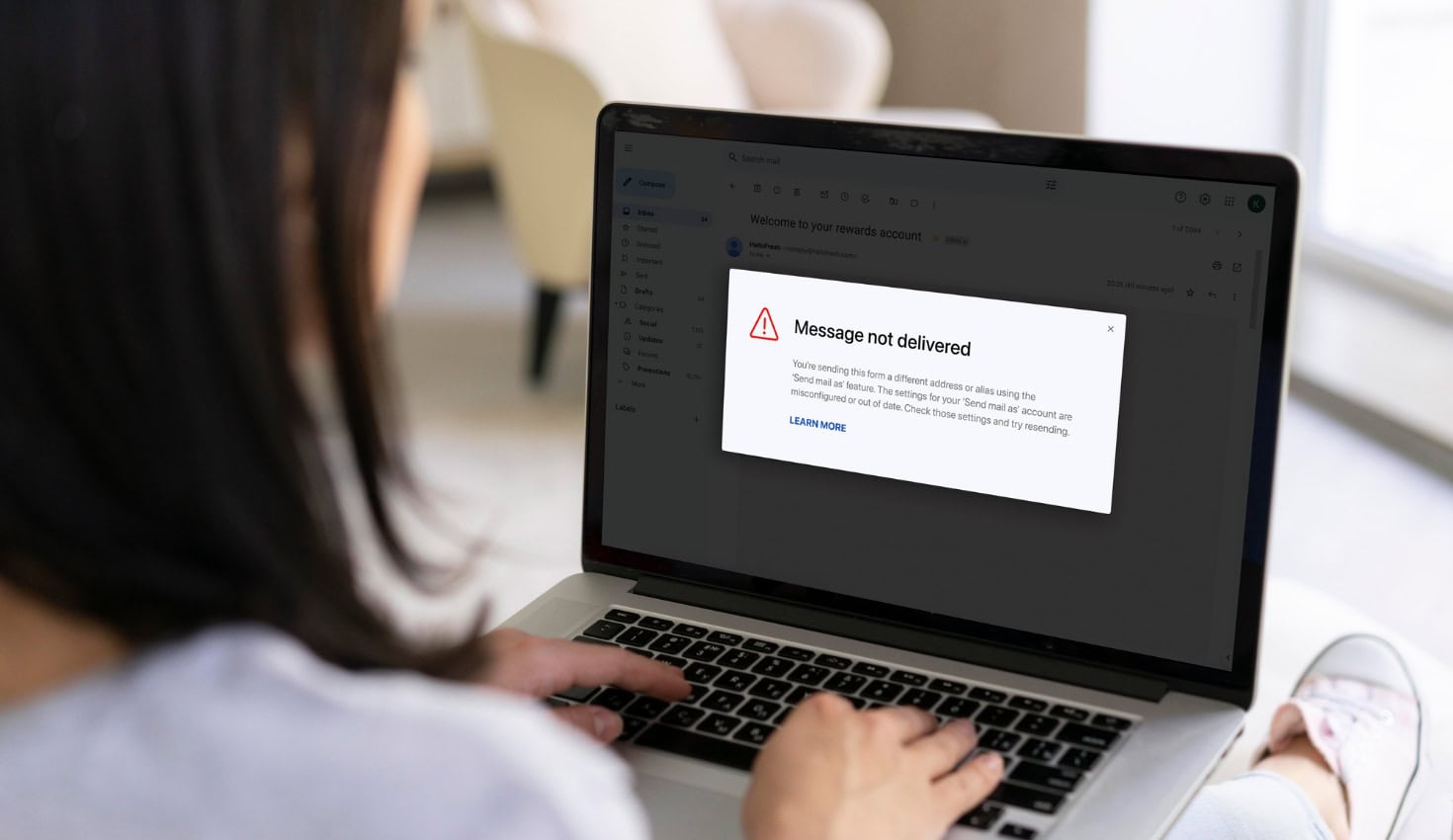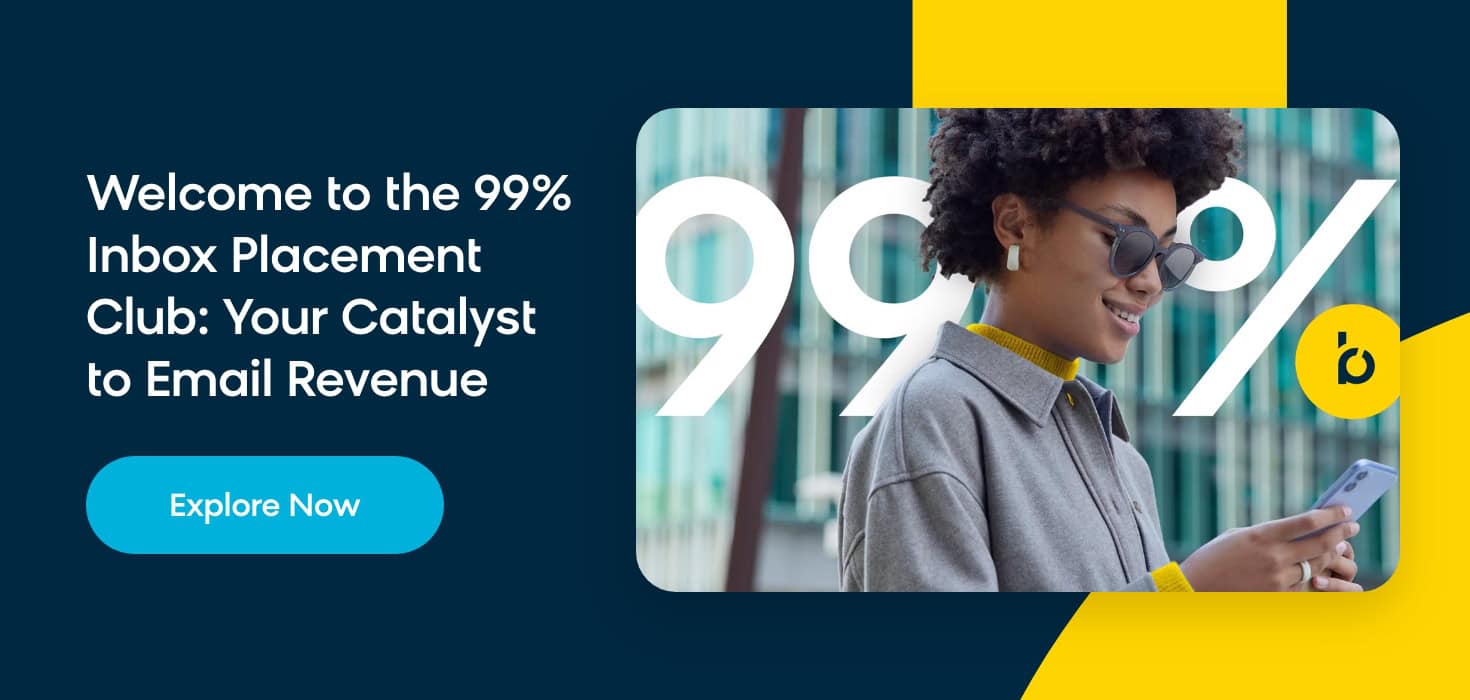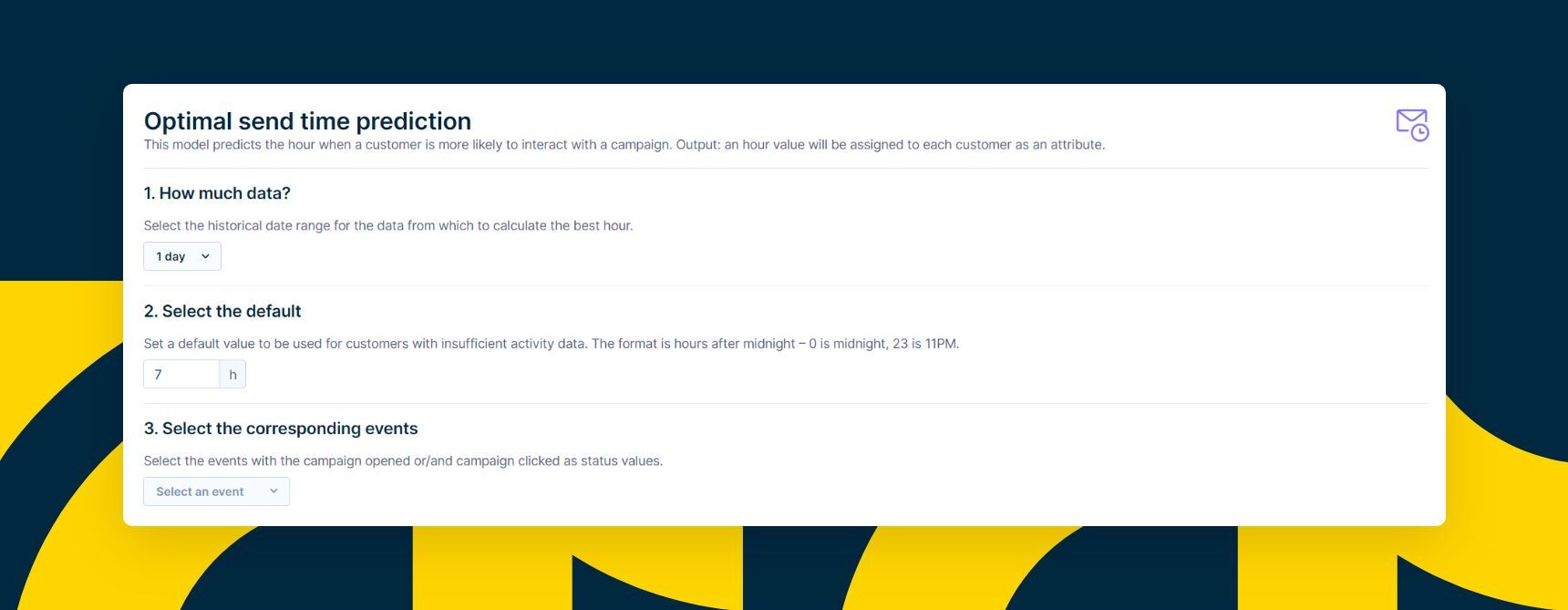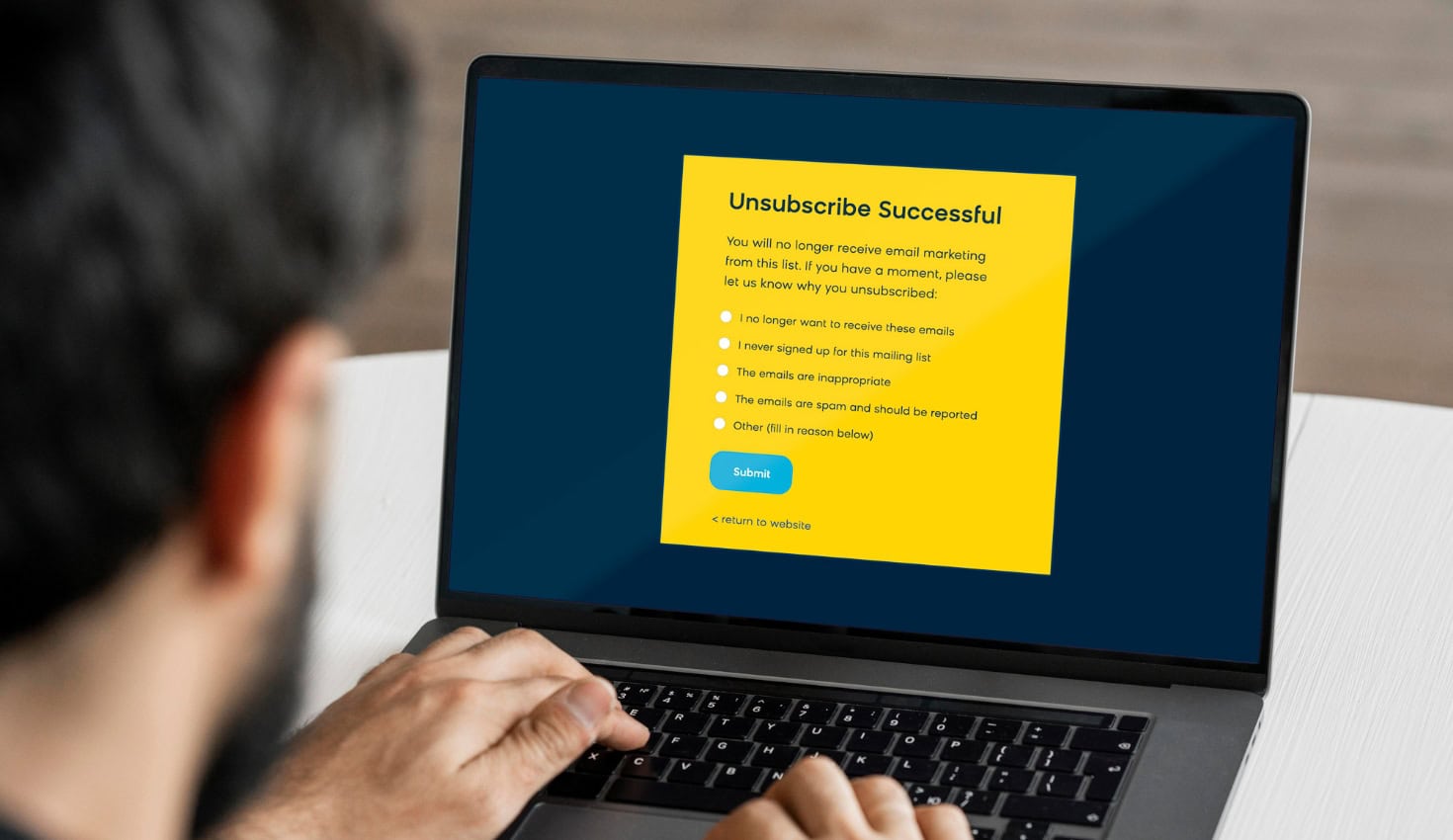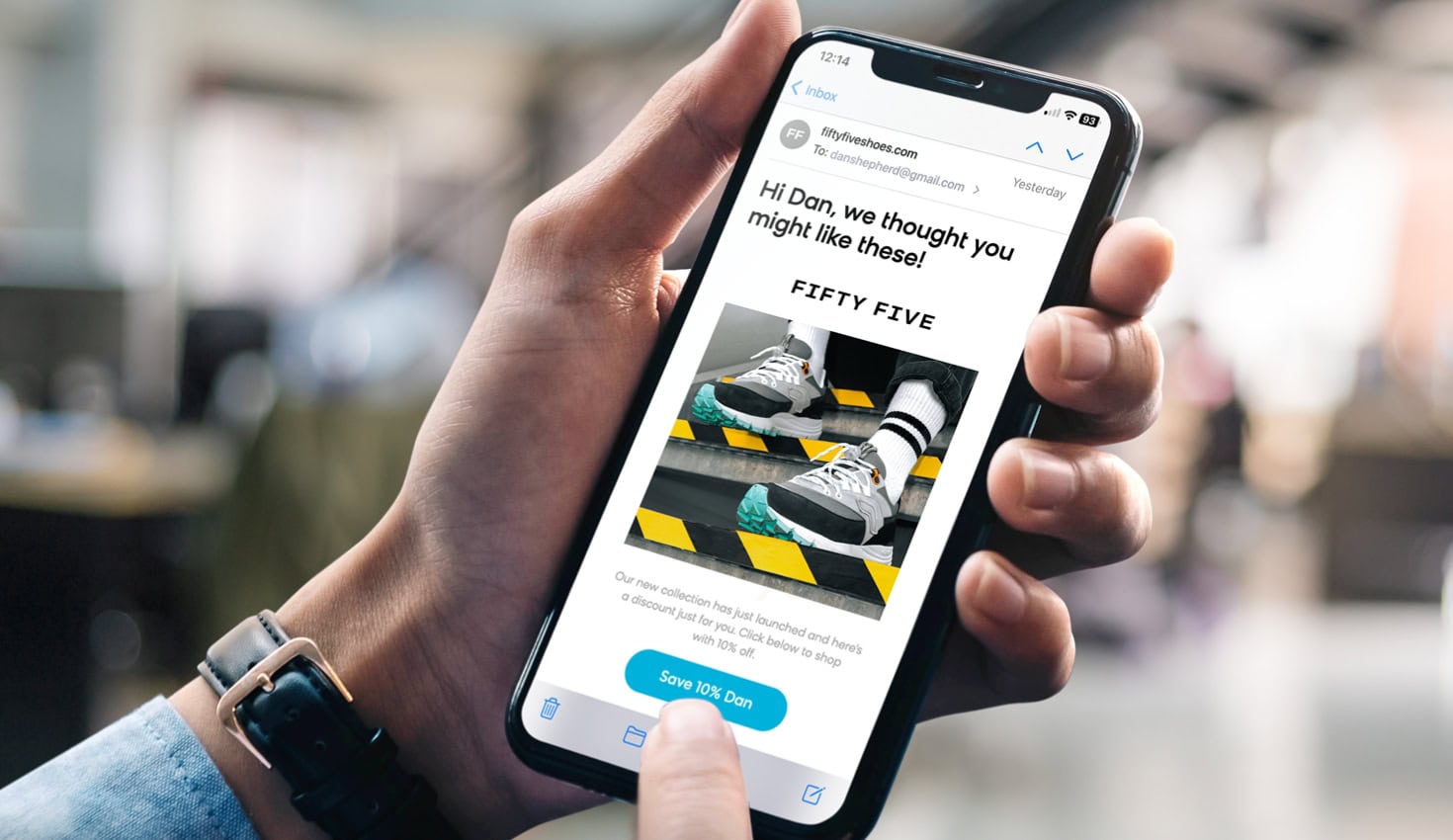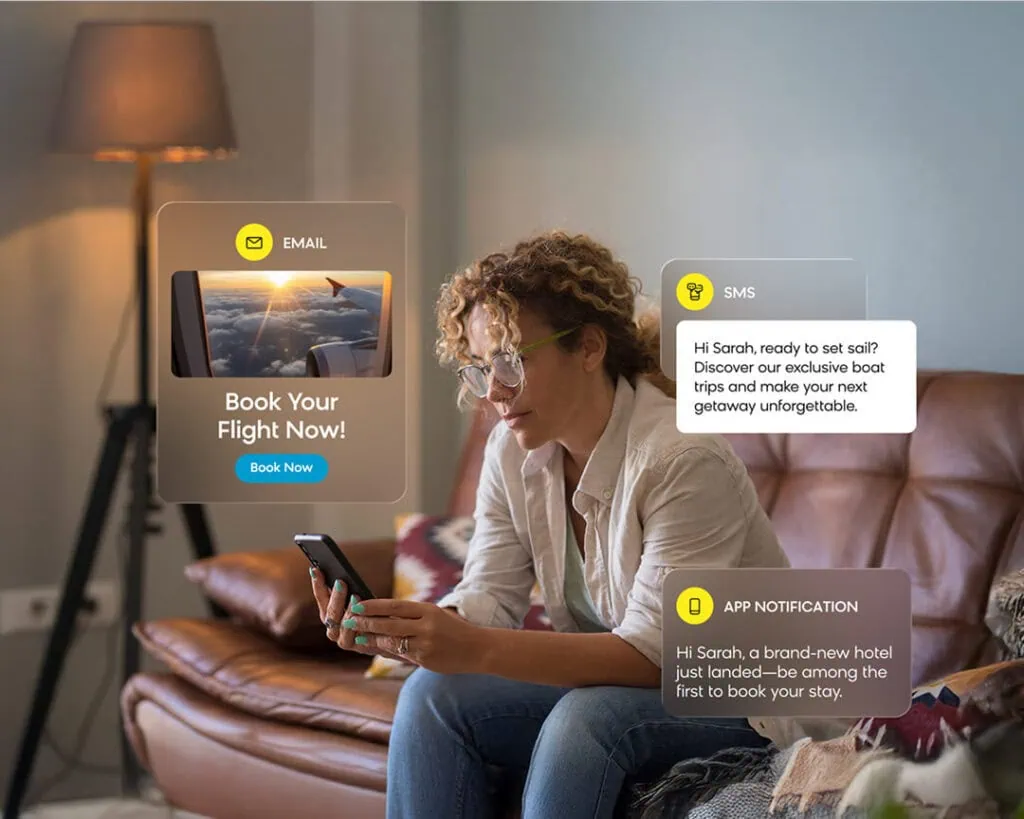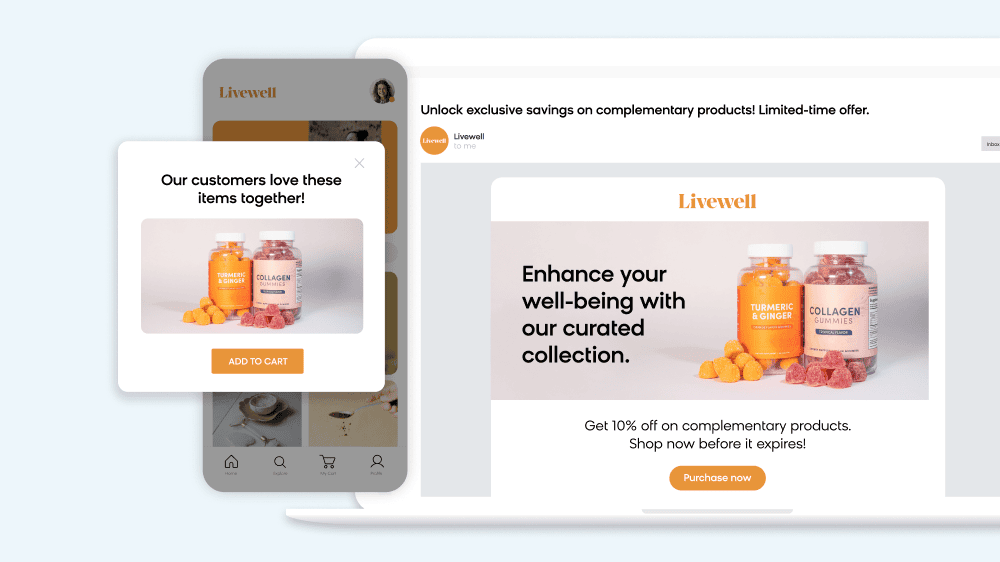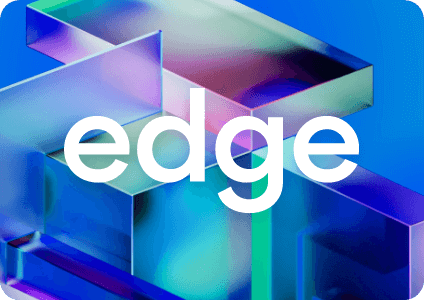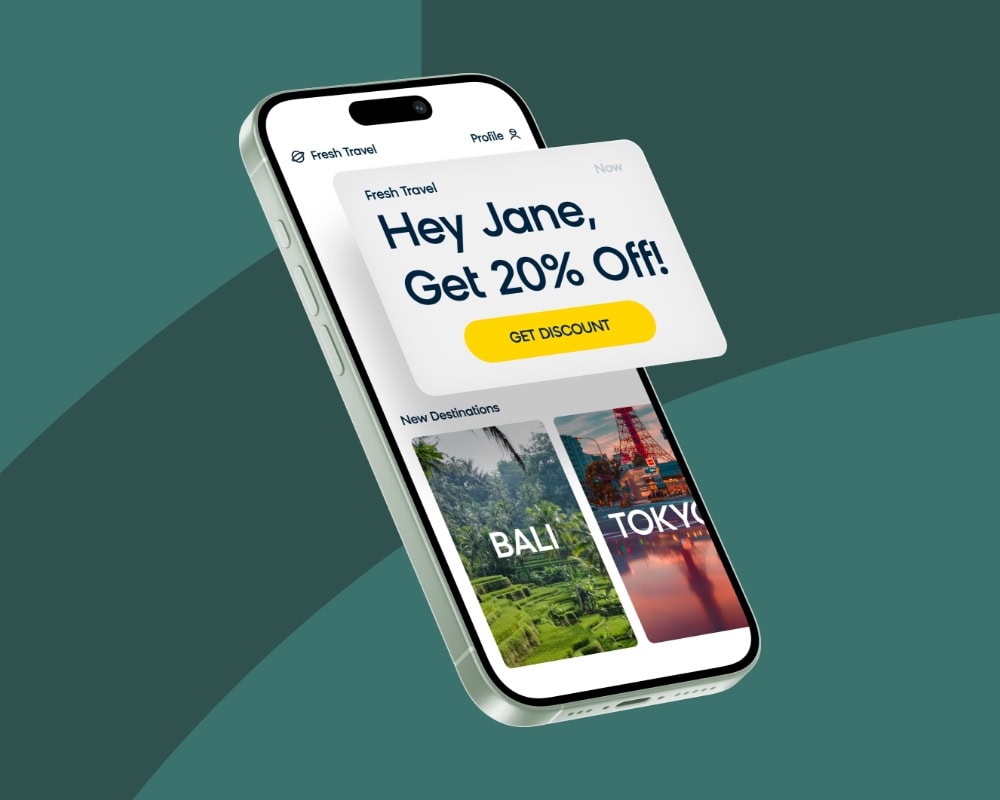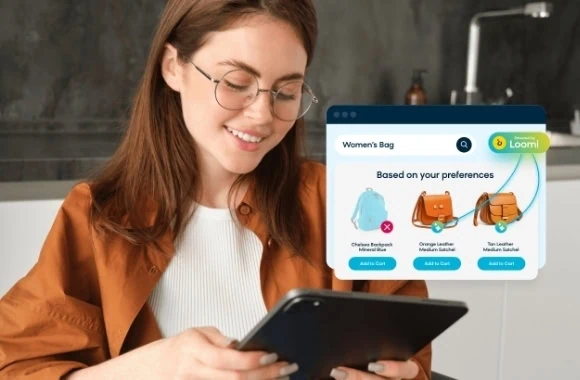Email remains one of the most popular digital marketing channels because regardless of whether the organization is an independent retailer or ecommerce giant, it allows them to get their brand directly in front of consumers. After all, 99% of consumers check their inbox every day.
When compared to social media, email marketing delivers up to 40 times more conversions — significantly outperforming other digital channels. Email helps marketers maximize campaign ROI with $36-$42 made for every $1 spent.
However, success is dependent on data. Therefore, in this article, we consider how to effectively manage contacts to ensure maximum conversions.
What Is Email List Management?
Ultimately, organizations want to transform browsers into customers. For 41% of marketers, email is their most effective marketing channel because it enables them to grow a list of loyal subscribers.
Email list management is the act of maintaining the health of a contact database to keep subscribers engaged. This helps foster healthy relationships with customers, saves resources, and increases the accuracy of results. It’s easy to see when an email list is healthy because the unsubscribe rate is less than 0.5%.
Benefits of Email List Management
Effective email list management delivers measurable results that directly impact your bottom line. Understanding these benefits helps justify the investment in proper list maintenance and optimization strategies.
Higher Engagement Rates
Well-managed email lists consistently deliver up to 40 times more conversions than social media campaigns. When you maintain clean, segmented lists with engaged subscribers, you’ll see open rates increase significantly while unsubscribe rates drop below the healthy benchmark of 0.5%.
Improved Email Deliverability
ISPs score sender domains based on reputation metrics including bounce rates, spam complaints, and engagement levels. Clean email lists help maintain strong sender reputation, ensuring more of your emails reach the inbox rather than spam folders.
Better ROI and Cost Efficiency
Email marketing generates $36-$42 for every $1 spent, but only when targeting engaged subscribers. By removing inactive contacts and focusing on quality over quantity, you’ll reduce sending costs while improving campaign performance.
Enhanced Segmentation Opportunities
Healthy lists enable more precise audience segmentation, leading to personalized campaigns that generate 760% higher revenue. Better data quality means more accurate targeting and relevant messaging.
Compliance Protection
Proper list management ensures adherence to GDPR, CAN-SPAM, and other regulations, protecting your business from legal penalties while building subscriber trust through transparent data practices.
7 Email List Management Best Practices for 2025
Inboxes are noisy places. On average, people receive 100 to 120 emails per day. In the following seven sections, we look at what organizations can do to stand out and secure the click:
Best Practice #1: Email List Hygiene
Every email list naturally decays over time, degrading at a rate of 28% a year as of 2024, up from 22% in 2022. This is due to multiple factors, such as people moving jobs, changing their name, or switching their email address. It means if marketers do nothing, more than one in four contacts will be redundant at the end of the year, which impacts the deliverability of future emails.
Only 83-85% of emails reach their destination because internet service providers (ISPs) will score domains based on the sender’s reputation to determine whether the emails are allowed into a recipient’s inbox. If an ISP sees that a high percentage of emails are not opened, this impacts reputation. If the bounce rate is high, it impacts reputation. And if recipients mark the emails as spam, it impacts reputation — in this case, a complaint rate above 0.3% is considered high.
Focus on building a healthy email contact list, and you’ll see higher open rates, lower bounce rates, and less chance of ending up in spam folders. After correcting the health of its mailing lists, Missguided discovered it could send 50% fewer emails (a significant cost savings) while increasing its click-through rate by 3%.
Top tips for email list hygiene:
- Remove duplicate addresses
- Fix or remove addresses with typos
- Update or remove invalid addresses
- Delete emails from hard or soft bounces
For more inspiration, see how Bloomreach customers reached 99% inbox placement to boost revenue.
Best Practice #2: Optimize Email Campaign Frequency
The most common reason people unsubscribe is too many emails, which isn’t surprising when email fatigue becomes a significant concern for subscribers receiving excessive communications.
Rather than annoy customers, allow subscribers to choose the frequency of the emails they receive. Even though the total number of emails sent is reduced, the open and click-through rates will increase because the customer actually wants to receive them, which means they stand out against the noise in their inbox. For example, Proffsmagasinet increased its conversion rate by 2x despite sending 33% fewer emails.
AI takes it one step further. By analyzing a subscriber’s habits, like when they open or click on emails, the technology can determine the best time to send an email. Additionally, it can trigger emails to be sent based on the customer’s actions or past behaviors, which results in 8x more opens and greater earnings when compared to bulk emails.
Best Practice #3: Make It Easy To Unsubscribe
First, an “unsubscribe” link is a legal requirement under several pieces of legislation. For example:
- The UK Privacy and Electronic Communications Regulations
- The US CAN-SPAM Act
- Canada’s Anti-Spam Legislation
- Australia’s Spam Act 2003
- The ICO’s General Data Protection Regulation (GDPR)
Second, if recipients want to unsubscribe and struggle to find the “unsubscribe” link, they’ll just mark the email as spam, which affects the sender’s reputation (and in turn, email deliverability). It’s okay for people to unsubscribe because it means they’re not engaged and not likely to purchase. To continue sending them email communications is a waste of time, effort, and resources.
Making the unsubscribe process easy will protect your reputation. After addressing its email marketing to enhance the customer experience and improve its domain reputation, River Island experienced a 26% increase in email open rate and a 30.9% increase in revenue per email.
Top tips for the unsubscribe process:
- Make the unsubscribe link prominent — either in the header or footer
- Offer up a second link to update email preferences so the user can choose the frequency
- Use a single opt-out option — double opt-in is best for sign-up but annoys customers when they’re unsubscribing
- Ask contacts why they unsubscribed with a simple survey
Best Practice #4: Reengage or Cull Inactive Subscribers
Over time, previously engaged subscribers can become inactive. It happens for a variety of reasons, such as poor customer segmentation, lack of interest in the content, or poor deliverability (leading to emails now going into the spam folder).
When this happens, reengagement campaigns are a great way to get inactive subscribers excited again. When Vivamix used this tactic by letting customers know certain products were back in stock, it secured a 40% click-through and a 17% uplift in revenue.
Top tips for re-engagement strategies:
- Make emails interactive with polls and surveys
- Create excitement with online competitions
- Incentivize subscribers to see what’s new with coupons or promo codes
- Make personalized product recommendations based on past purchases or searches
- When all else fails, take it away — send a final email encouraging subscribers to opt in again, and then remove everyone who doesn’t respond
Ideally, we don’t want to get to the point where reengagement campaigns are necessary, which is why it’s important to focus foremost on maintaining a healthy email list, segmenting audiences to deliver relevant emails, and personalizing how often communications are sent.
Best Practice #5: Create a Great Welcome Email Sequence
The best time to capitalize on email marketing and get the relationship off to a good start is the moment a person subscribes. Welcome emails secure 4-10x the clicks when compared to other email types. For example, furniture retailer DFS experienced a 3.9% increase in revenue from its automated welcome email series. Meanwhile, recolution found it could attribute 42% of its sales to having onboarded customers effectively using email marketing.
Top tips for a great welcome email:
- Thank subscribers for joining the list
- Ask for the domain to be added to their “safe sender” list
- Direct toward useful content, like help guides or user communities
- Offer a welcome gift, like a coupon for their first or next purchase
- Encourage subscribers to forward the email to a friend
Best Practice #6: Implement Subscriber Segmentation
Subscribers are more likely to click through on emails that cater to their specific interests. Therefore, customer segmentation is essential to ensure the content and product recommendations are tailored to each audience segment.
On average, personalized emails produce 6x higher transaction rates and marketers have seen a 760% increase in revenue from segmented campaigns. When BrewDog tested the impact of segmentation, it found personalized emails were clicked on 15.6% more of the time, had an 11.5% conversion rate, and generated 13.8% revenue.
AI enhances list segmentation strategies by allowing organizations to understand their customer’s needs and preferences at an individual level. Now, marketers can create email campaigns that are rooted in customer behavior — and it doesn’t have to be hard. Simple tactics like adding a personalized subject line make them 26% more likely to be opened, while a personalized call-to-action increases conversion rates by up to 202%.
Best Practice #7: Create Bonus or Gated Content
Subscribers that stay longer engage further. Therefore, gain their interest with high-level content like blogs, and then use the calls-to-action to drive toward more in-depth gated content, like an ebook.
Alternatively, 74% of marketers say customer engagement is increased by targeted personalization. When Unisport adopted a new approach to its email marketing, aggregating all data to better understand its customer journey, it knew how to personalize content, which resulted in a 300% increase in email automation workflows revenue.
Historical data provides vital insights into a subscriber’s interests because it’s possible to track which emails they opened, what they clicked on, and the subsequent actions taken. This makes it possible to implement dynamic content, where future emails are adapted based on past behaviors.
Top tips for valuable content strategies:
- Offer exclusive downloadable resources like ebooks, whitepapers, or industry reports
- Create member-only content areas with premium insights
- Develop email-specific content that can’t be found elsewhere
- Use behavioral data to deliver personalized content recommendations
- Implement progressive profiling to gather more subscriber insights over time
Compliance and Legal Considerations for 2025
Proper email list management requires understanding and adhering to various legal requirements that protect subscriber privacy and regulate commercial communications.
GDPR and Data Protection
The General Data Protection Regulation requires explicit consent for email marketing to EU residents. You must clearly explain how subscriber data will be used, provide easy opt-out mechanisms, and maintain records of consent. Non-compliance can result in fines up to 4% of annual revenue or €20 million, whichever is higher.
Double Opt-in Best Practices
Double opt-in requires subscribers to confirm their email address before being added to your list. This process ensures genuine interest, improves deliverability, and provides legal protection by creating a clear consent trail. While it may reduce signup numbers initially, it significantly improves engagement and list quality.
Unsubscribe Requirements
Laws like CAN-SPAM require visible, functional unsubscribe links in every marketing email. The process must be completed within 10 business days, and you cannot charge fees or require excessive information. Making unsubscribing difficult damages your reputation and violates legal requirements.
Enhance Your Email Marketing With Bloomreach Engagement
Taking care of your email list can lead to significant results for your business. But knowing how to clean up your email list and reach the right audience can be tough, which is where a solution like Bloomreach Engagement can help. Powered by Loomi, our AI built for commerce, Bloomreach Engagement allows you to truly understand your audience, build better email lists and content, and make sure they get delivered at the right time.
See how Bloomreach can streamline your email list management and boost engagement across all customer touchpoints.
Learn more about how Bloomreach can help supercharge your email marketing.
Email List Management FAQs
What is email list management?
Email list management is the process of maintaining, organizing, and optimizing your email subscriber database to ensure high deliverability, engagement, and compliance with regulations. It includes activities like list cleaning, segmentation, and subscriber lifecycle management.
How often should I clean my email list?
Clean your email list at least quarterly, or monthly for high-volume senders. Remove hard bounces immediately, soft bounces after 3-5 attempts, and inactive subscribers who haven’t engaged in 6-12 months. Regular email list hygiene prevents deliverability issues and improves campaign performance.
What’s the difference between single and double opt-in?
Single opt-in adds subscribers immediately after they submit their email address. Double opt-in requires subscribers to confirm their email through a verification message before being added to your list. Double opt-in provides better list quality and legal protection but may reduce initial signup rates.
How do I re-engage inactive subscribers?
Create targeted re-engagement strategies using personalized content, special offers, or preference centers. Send a “we miss you” campaign highlighting your best content or exclusive discounts. If subscribers don’t respond after 2-3 attempts over several weeks, remove them to maintain list health.
Why is email deliverability important for list management?
Email deliverability ensures your messages reach subscribers’ inboxes rather than spam folders. Poor list hygiene, high bounce rates, and spam complaints damage your sender reputation with ISPs, reducing deliverability. Maintaining clean, engaged lists protects your ability to reach customers effectively.
How can I improve my email list segmentation?
Segment based on demographics, purchase behavior, engagement levels, and lifecycle stage. Use signup source, geographic location, and browsing history for more targeted campaigns. Advanced platforms offer AI-driven segmentation that automatically groups subscribers based on behavior patterns and predictive analytics.


